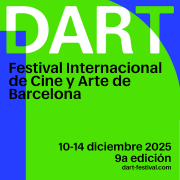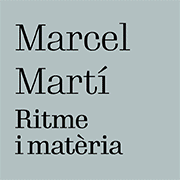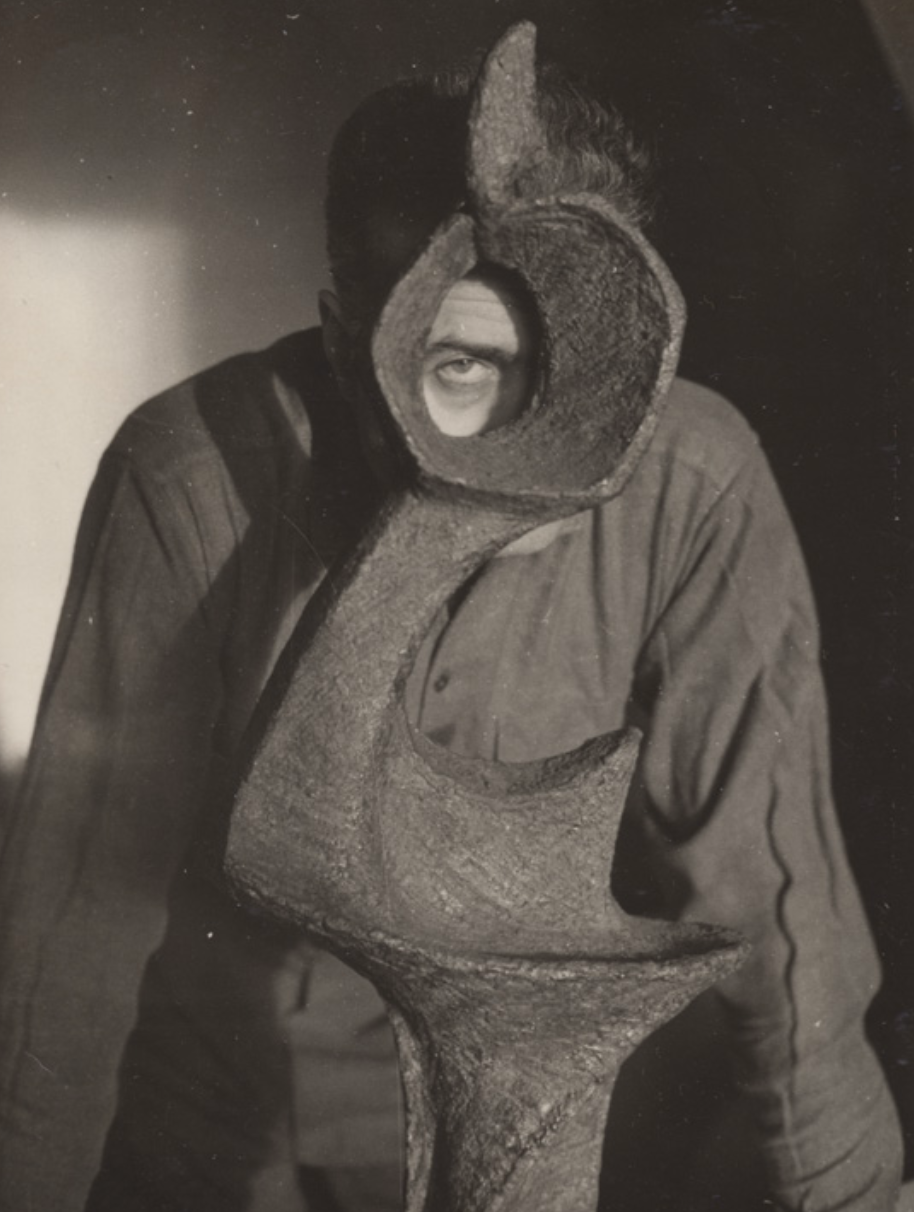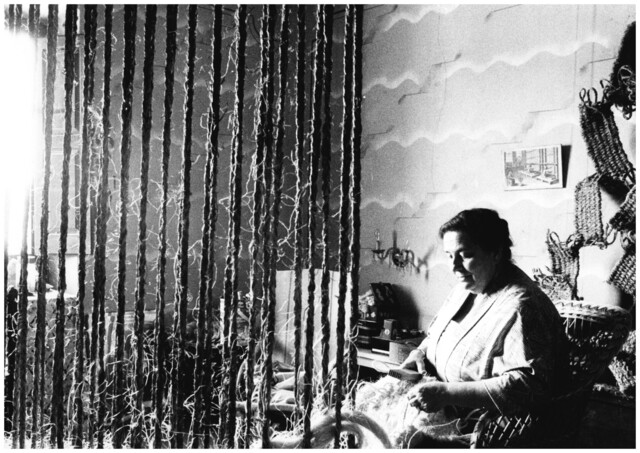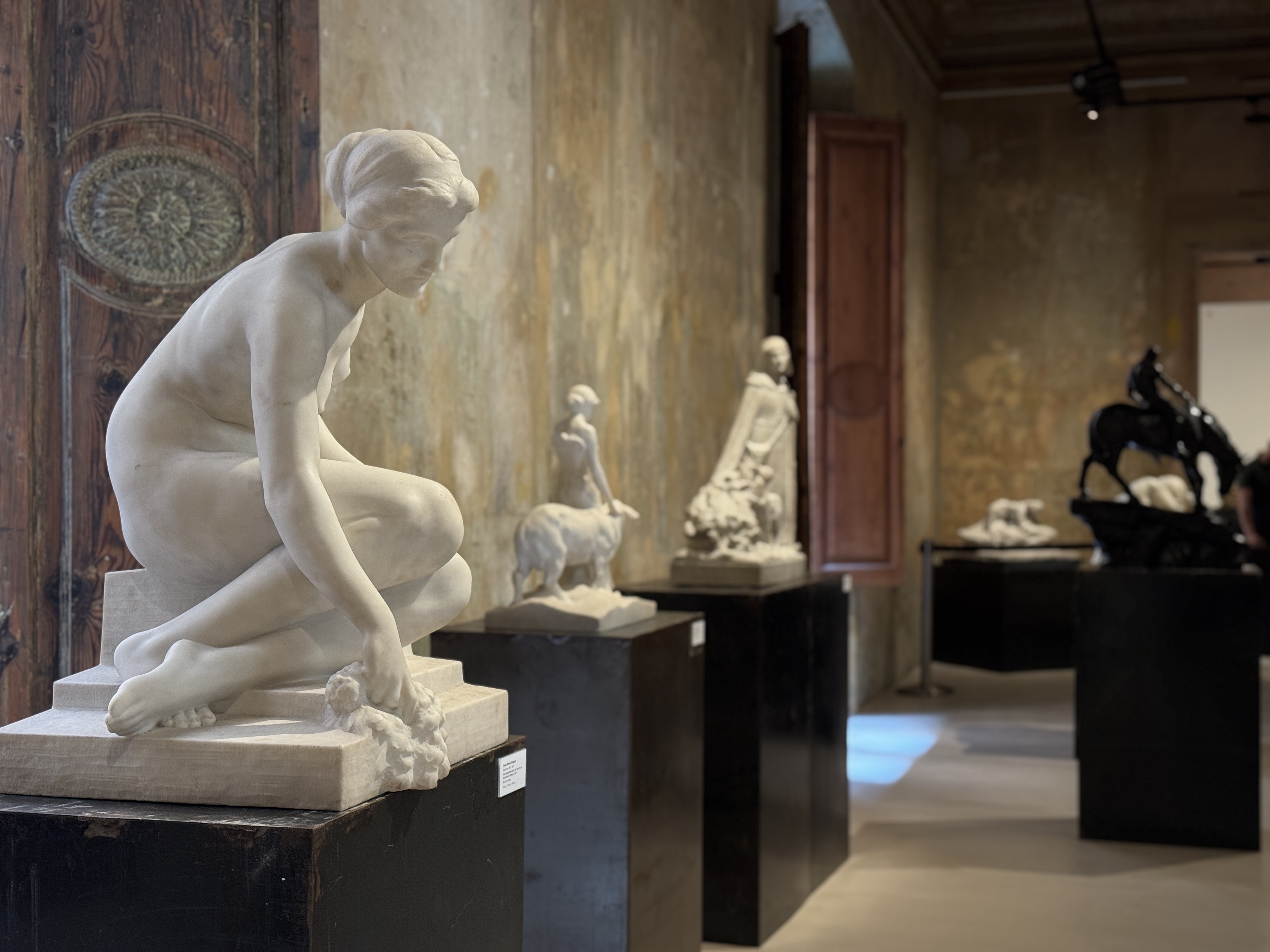Exhibitions
Tapestry and avant-garde: a revolution born in Sant Cugat
An exhibition of the pioneering artists of the Catalan Tapestry School and their influence on avant-garde art of the 20th Century.
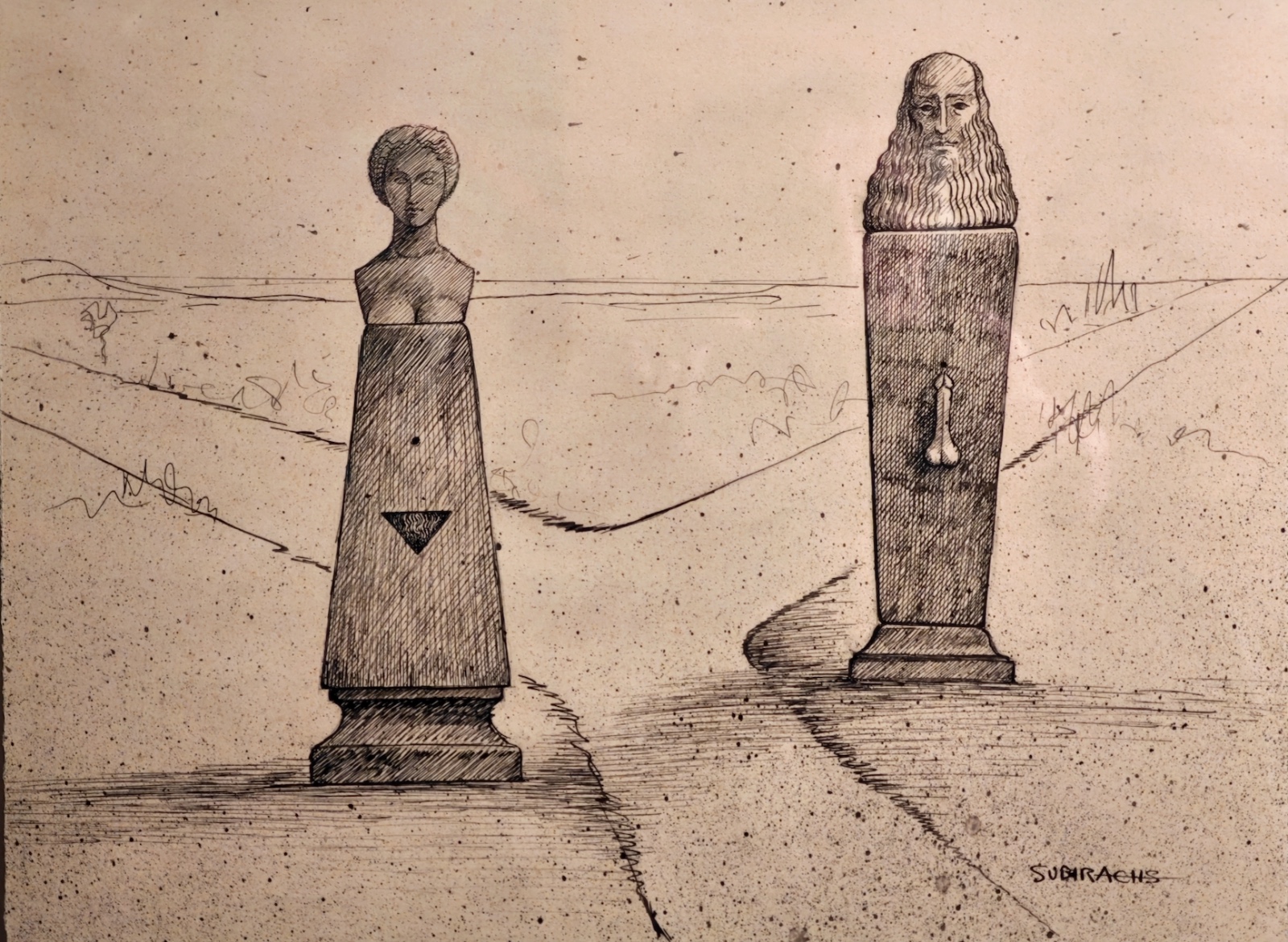
On June 3rd, the exhibition Sant Cugat, the art of a village was inaugurated, an exhibition that can be visited until the end of August at Canals Galeria d'Art. The proposal pays tribute to the founders and artists linked to the Catalan Tapestry School, which played a key role in the renewal of textile art during the 20th century.
The Catalan Tapestry School was born 67 years ago in the Casa Aymat in Sant Cugat, thanks to the impetus of the married couple Miquel Samaranch and Mercè Viñas. This initiative represented a turning point in the way the tapestry is understood, elevating it to the status of contemporary artistic expression. The exhibition includes works by great names of the Spanish avant-garde such as Daniel Argimon, Carles Delclaux, Grau Garriga, Maria Girona, Josep Guinovart, Joan Miró, Jaume Muxart, Pablo Picasso, Ràfols-Casamada, Mª Assumpció Raventós, Josep Royo, Josep Mª Subirachs, Antoni Tàpies and JJ Tharrats.
-1960.jpg) Josep Royo, Joan Aymerich i Antoni Busquets
Josep Royo, Joan Aymerich i Antoni Busquets
The exhibition catalogue, presented by Rosa Samaranch —daughter of the founders— and Joan Aymerich —first apprentice of Casa Aymat—, collects reflections and memories that highlight the origin and trajectory of this school, as well as the transformative role it played in textile art. Aymerich recalls how, in a small room of the factory, the first tapestry was created with the new criteria, the work of Grau Garriga, a key figure in the movement. The tapestries, drawings and paintings on display demonstrate the decisive influence of these artists in the renewal of the plastic language of the last century, projecting Sant Cugat as an epicentre of artistic innovation.
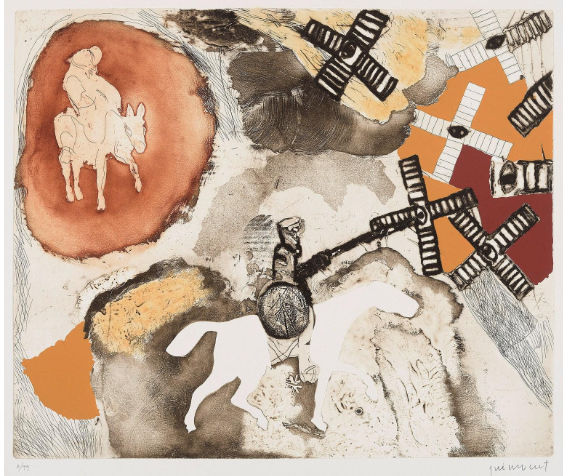 Josep Guinovart
Josep Guinovart
With this exhibition, Canals Galeria d'Art reclaims a key stage of 20th-century Catalan art, recognizing the work of the pioneers of the Catalan Tapestry School and their mark on the artistic avant-garde. The show not only celebrates their legacy, but also preserves the transformative spirit that defined them, keeping alive the connection between tradition and innovation that positioned Sant Cugat as an international reference in contemporary textile art.
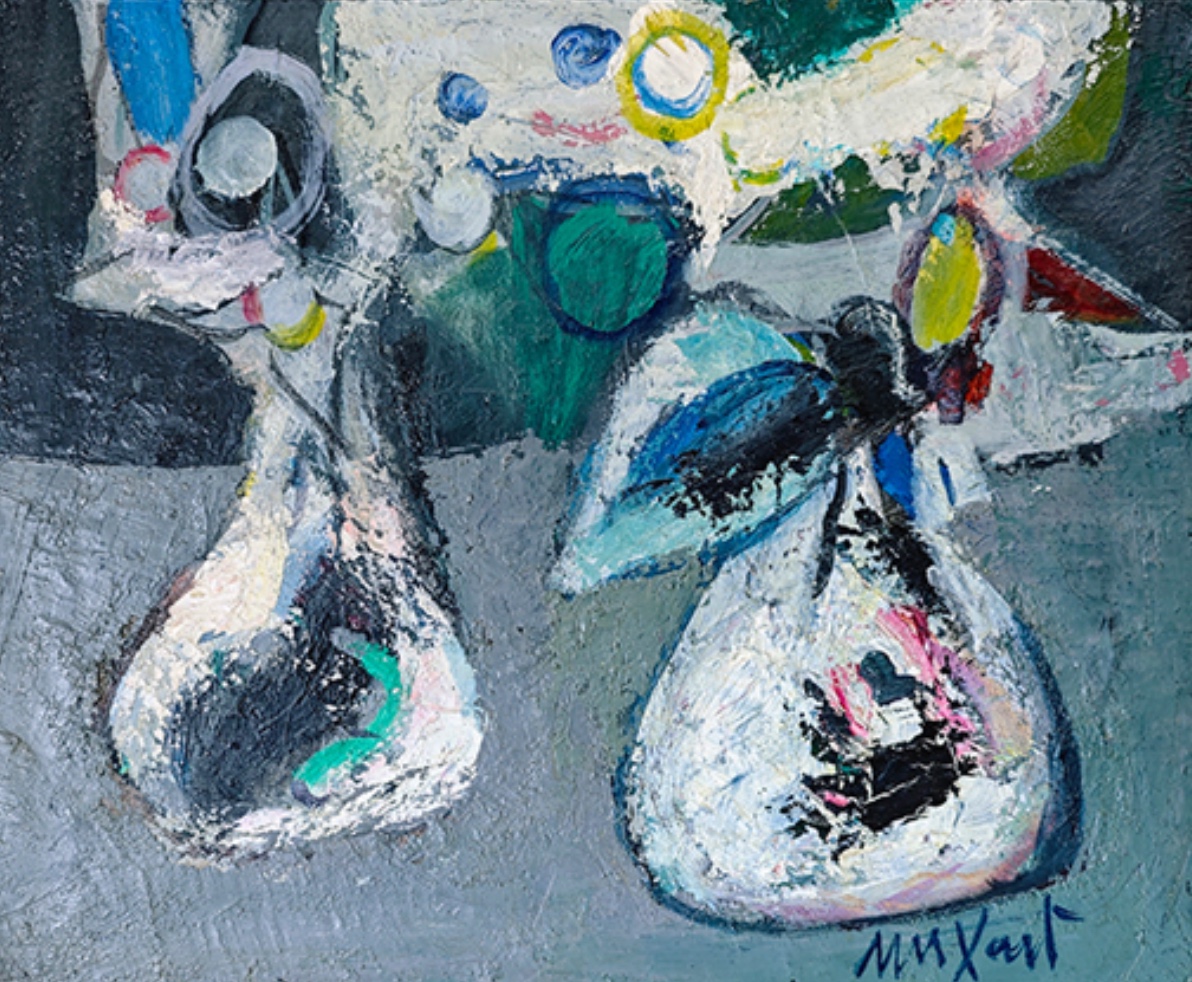 Jaume Muxart
Jaume Muxart



